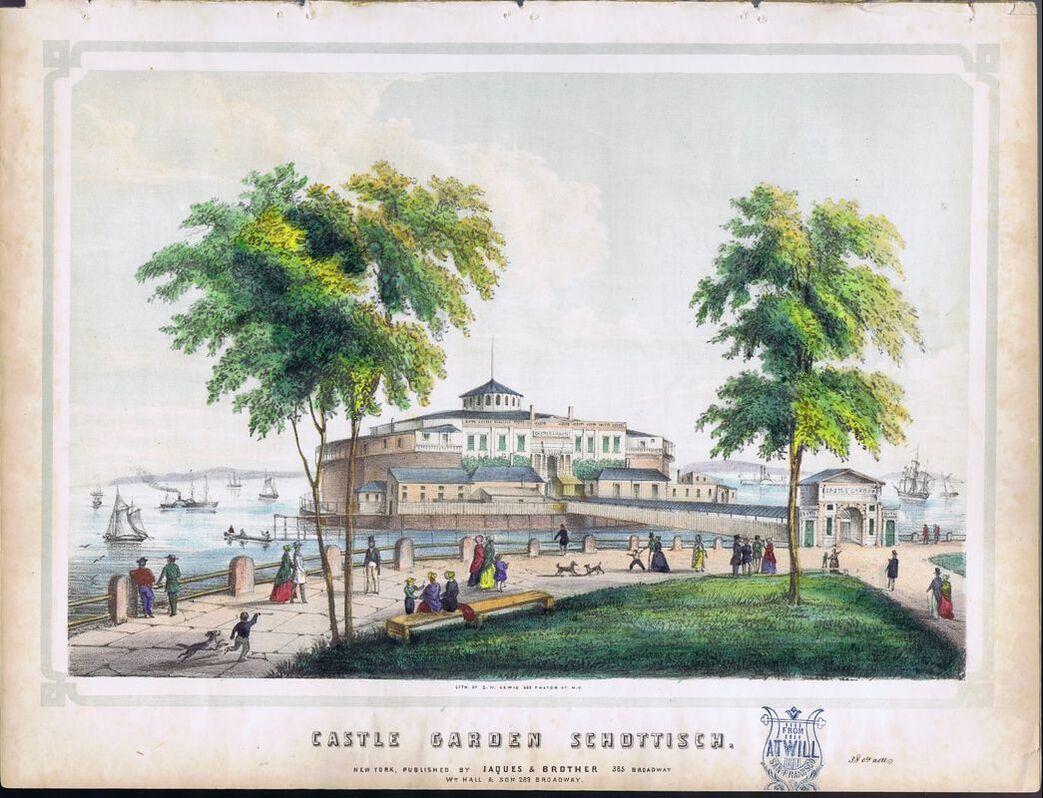Mission Statement and Cause Célèbre
This site is devoted to the scholar and collector of early American popular sheet music.
We’re defining popular music as secular, neither religious or purely classical,
and are concerned only with what is collectible and begs,
for specific reasons, to be conserved, studied and illuminated.
This site is devoted to the scholar and collector of early American popular sheet music.
We’re defining popular music as secular, neither religious or purely classical,
and are concerned only with what is collectible and begs,
for specific reasons, to be conserved, studied and illuminated.
|
We’re primarily defining ‘collectible’ in three ways. First, we look for social/historical interest in the publication - theme, title, lyrics, or, if present, the illustration on the title page. Second, we notice artistic merit in the pictorial graphic design (engraving or lithograph) or in the fonts used for titling or publisher’s imprint. Thirdly, we look for fame or status in composer, lyricist or title. Social/historical interest, artistic merit in design and fame in composition come to be the three most prominent delineators in determining worth. A pretty melody or clever lyric does not typically make a ‘collectible’ item for the veteran collector of early American music, usually thought of as inclusive of the years 1768 to 1887. |
1850 - litho by Napoleon Sarony of Jenny Lind in The Elixir of Love
|
What may be legitimately troubling for the composer and musician is that much of what is worthy here is often not musical composition but what the song and publication brought to light in late 18th century and 19th century society.
Therefore, the first sheet music to picture a locomotive on the front (1828) would have obvious merit whether or not the music had any allure. Conversely, any Stephen Foster song would hold interest whether or not the title page was pictorially illustrated or the melody possessed any virtue.
|
c.1876-81 - stunning Bernhardt, litho by Bufford and Sons
|
These folio size sheets, roughly 10 ½ inches by 14 inches, are a treasure trove for the cultural anthropologist. They breathe life, with their music and images, into the first 100 plus years of American history. |
1851 - Sarony and Major litho of bloomer costume, NY
|
Our period, beginning in 1768 with the publishing of the first patriotic American sheet music, The Liberty Song by John Dickinson, extends to 1887 and the centennial of the Constitution. It antedates the rise of cakewalks and rags and the idioms of published blues and jazz. It also covers the era before most all recorded music, excepting piano rolls and early wax recordings. And so it comes to represent what could be called ‘America’s first popular sheet music epoch’.





